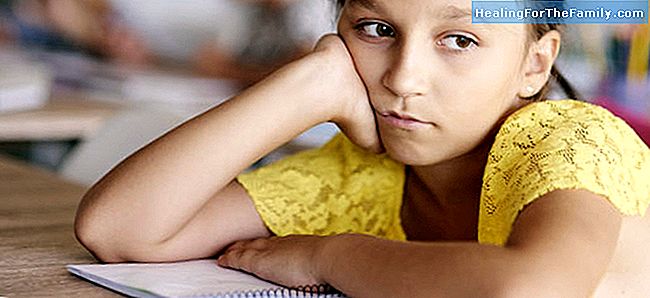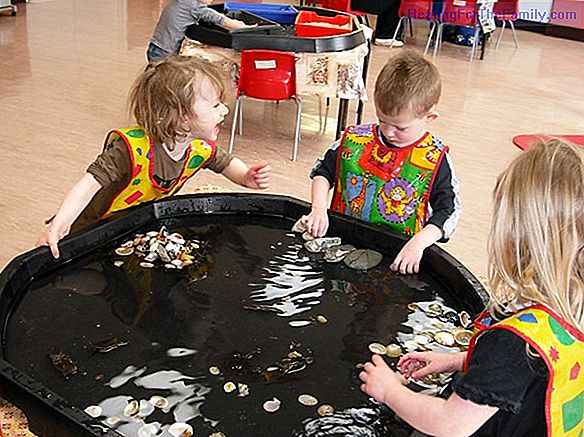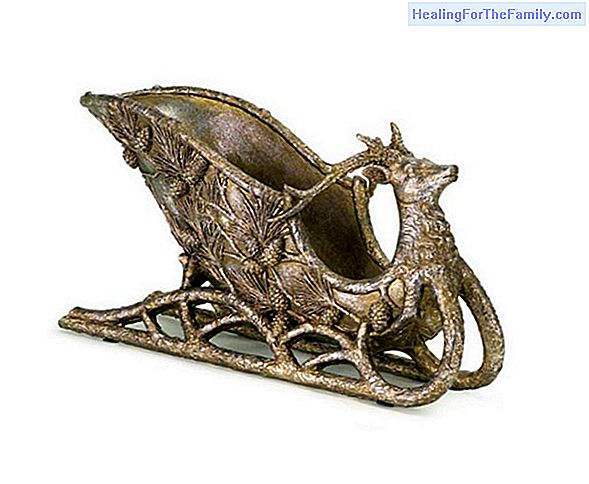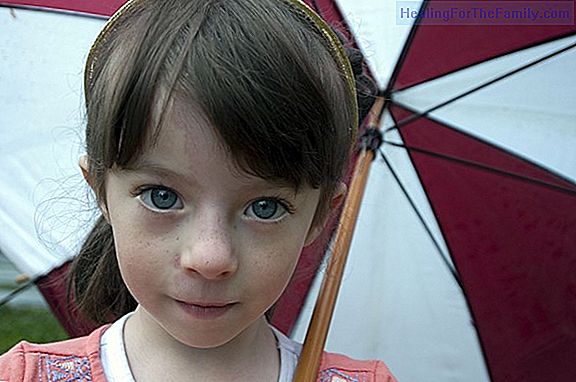What is the difference between ADD and ADHD in children
When we talk about ADD and ADHD in children, are we talking about the same thing, or are they two different disorders? According to the diagnostic manuals, (DSM and CIE, which includes a classification of the different disorders) ADD and ADHD belong to the same category, but with different manifesta
When we talk about ADD and ADHD in children, are we talking about the same thing, or are they two different disorders? According to the diagnostic manuals, (DSM and CIE, which includes a classification of the different disorders) ADD and ADHD belong to the same category, but with different manifestations or implications.
Let's see in detail all the similarities and differences between ADD and ADHD in children.
Attention deficit with and without hyperactivity in children

ADD (Attention Deficit Disorder) and ADHD (Attention Deficit Hyperactivity Disorder) therefore, are two variants of the same disorder ADHD, Deficit Disorder attention and hyperactivity. Within the TDA-H there are 3 subtypes:
- Predominant Inattentive.
- Impulsive predominant.
- Combined.
The main difference between ADD and ADHD in children is the presence or absence of impulsivity. Actually, the correct thing to do is to talk about ADHD, and to identify the subtype, Inattentive, Impulsive or combined, but during the last years the name ADD or ADHD has been used to refer and distinguish between children who have impulsiveness and hyperactivity and those that do not.
Differences between ADD and ADHD in children
This is the child's inadvertent type of ADD:
- Difficulties in the focus of attention: failure to pay due attention to details, is easily distracted by external stimuli, by careless mistakes in school tasks, (not fixed) does not follow the instructions and does not finish school homework.
- He does not seem to listen when spoken directly (he seems to be in his world).
- Has difficulty organizing tasks and activities, poor time management.
- He is disorganized and careless and loses things. Se - You forget things
, even the most routine ones, (you forget the backpack or the books at school, you do not write on the agenda, etc.) L - Slowness in motor tasks and execution of cognitive tasks.This is the child impulsive / hyperactive type ADHD:
- Hyperkinesia / Hyperactivity: he gets up in situations in which he is expected to remain seated, (in class for example); they can be noisy: they usually play or hit with their hands or feet or writhe in the seat and run or climb in situations where it is not appropriate.
- Difficulties in sustained attention,
(in motor and cognitive tasks).
- He talks excessively and when he speaks he can be disorganized in the speech. - Respond unexpectedly or before a question has been completed, it is difficult for them to wait their turn, interrupt or interfere in conversations with others. - Act and then think. He has a hard time planning his behavior and thinking about the consequences of what he does. A - They often look like impolite children and quarrels
, and the reason is that impulsivity leads them to act without thinking. They know the rules but sometimes they do not comply, they do not realize it.
These characteristics are not exclusive of one or another type of disorder (with Hyperactivity, without hyperactivity), nor do they all occur at the same time. But they serve as a guide for their differentiation.
Common characteristics in children ADD and ADHD
Regardless of what we call it and the initials we use, let's look at the characteristics of each of them.These are the common characteristics between ADD and ADHD in children.
- Both have a neurological origin.
- It is difficult for them to maintain their attention (focusing and / or maintaining it). Les - It is difficult for them to follow the routines and the orders or guidelines in a continuous way
In both cases, these children present or may present: Problemas - Problems or difficulties in their learning, (reading and writing retardation, school failure, problems with mathematics and calculation ...)- Behavioral problems, (aggressiveness, withdrawal ...)
- Emotional problems, (anxiety, low self-esteem ...)
With these children, both impulsive and inattentive, an adequate and early detection, identification and assessment (medical and psychopedagogical) is fundamental to make the necessary educational decisions as well as to carry out a comprehensive treatment of the child, which includes both training in specific skills (cognitive, social, reasoning, attention ...) as well as advice to parents and teachers.












